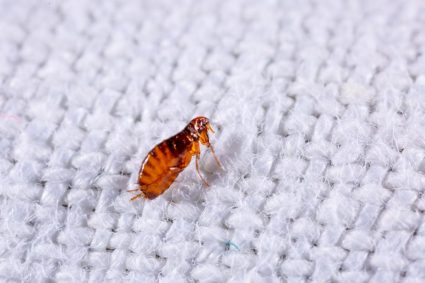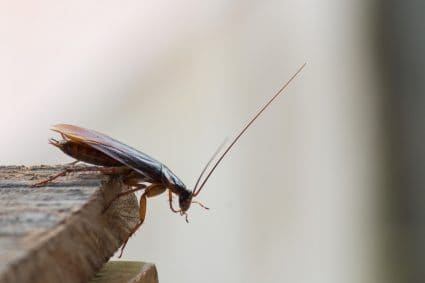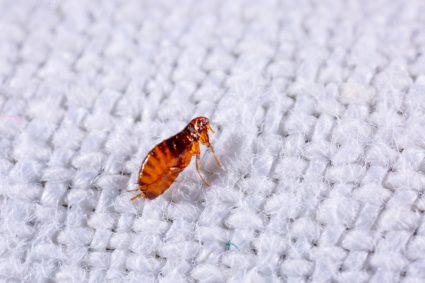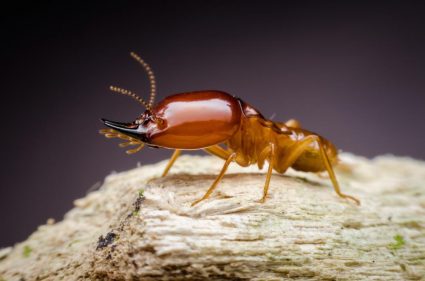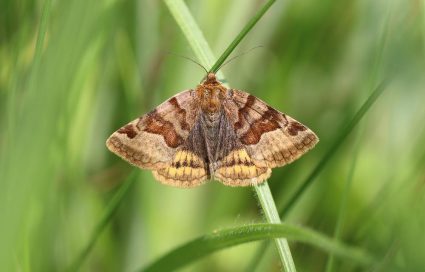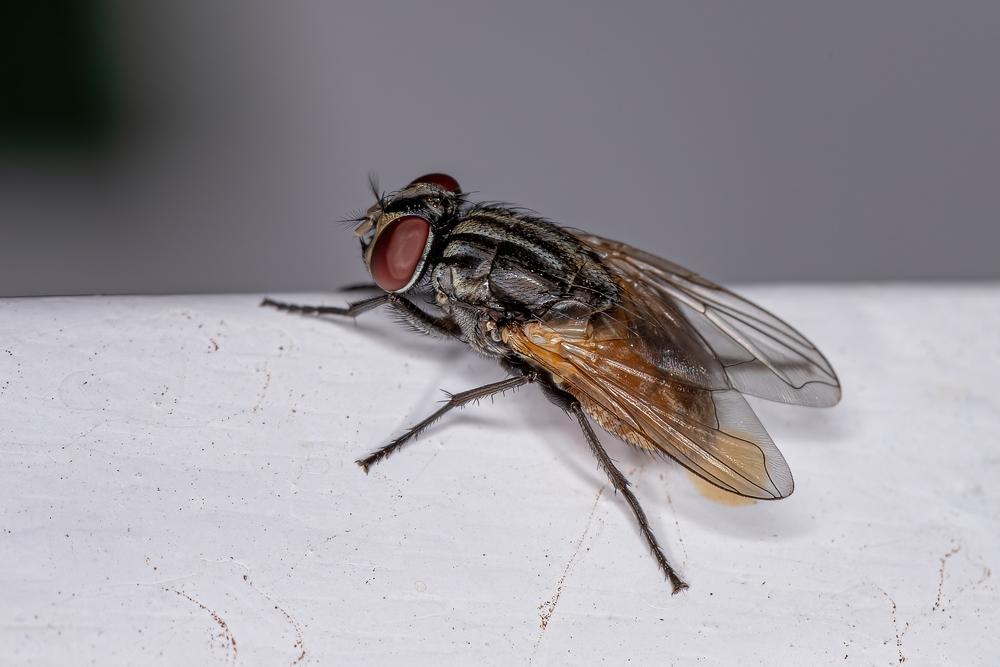
When the rain begins to pour, have you ever wondered where the flies go? These tiny creatures that buzz around our homes and gardens seem to disappear when the weather turns wet. In this in-depth article, we’ll explore where flies go during rain, how they survive, and how different weather conditions affect them.
When it starts raining, flies usually seek shelter to avoid getting wet. They typically find refuge under leaves, inside bark crevices, and other protected areas. Some flies even burrow into logs or dig underground to wait out the rain. They are sensitive to changes in atmospheric conditions, which allows them to detect incoming rain and find shelter in advance.
Seeking Shelter from the Rain
As soon as it starts raining, flies usually seek shelter to avoid getting wet. Rain can weigh them down, damage their wings, and even cause them to drown. They typically find refuge under leaves, inside bark crevices, and in other protected areas. Some flies even burrow into logs or dig underground to wait out the rain.
Detecting Incoming Rain
Flies, like many insects, are incredibly sensitive to changes in atmospheric conditions. They can detect changes in temperature and humidity that often precede rain. This ability allows them to find shelter before the rain begins, helping them avoid the adverse effects of getting wet.
Survival Strategies During Rain
Flies have developed various survival strategies to cope with rain. These include reducing their activity to conserve energy, gripping onto surfaces with specialized structures on their legs called tarsi, and taking advantage of their quick reflexes to dodge raindrops and find shelter.
Rain and the Lifecycle of Flies
Rain can significantly impact the lifecycle and reproduction of flies. Wet conditions can create more breeding areas for flies, as their eggs and larvae need a moist medium to develop. Heavy rainfall can lead to an increase in fly populations, as the receding water promotes the decay of vegetation and other materials that flies feed on. However, too much heavy rain and wind can also kill insects.
The Impact of Rain on Different Fly Species
Different species of flies have evolved various adaptations to handle various environmental conditions, including rain. For example, the Queensland fruit fly can tolerate higher levels of water loss than other populations. However, more research is needed to determine if certain fly species are better equipped to handle rain than others.
Insects More Active During Rain
While flies typically seek shelter during rain, some insects become more active. For example, mosquitoes lay their eggs in standing water, leading to an increase in their activity after rainfall. Rain can also trigger the swarming behavior of some termite species.
Conclusion
Understanding where flies go during rain gives us insight into their survival strategies and how they adapt to changing weather conditions. While they may be a nuisance at times, flies are fascinating creatures that play a crucial role in our ecosystem. The next time you see a fly buzzing around, take a moment to appreciate its resilience and adaptability.
Remember, this is just a general guide. Different species of flies may behave differently during rain, and their behavior can also be affected by other environmental factors. So, the next time it rains, observe the flies in your environment and see if you can spot their rain-time behavior for yourself!
Frequently Asked Questions
How do flies detect changes in atmospheric conditions?
Flies, like many insects, have sensory organs called sensilla that can detect changes in temperature, humidity, and barometric pressure. These changes often precede rain, allowing flies to find shelter before it starts.
What are tarsi on a fly’s leg and how do they help during rain?
Tarsi are the last segments of a fly’s legs, equipped with claws and pads. They allow flies to grip onto surfaces, which is especially useful during rain to avoid being swept away.
Can flies fly in the rain?
Generally, flies avoid flying in the rain as the raindrops can weigh them down and damage their wings. However, they have quick reflexes and can dodge raindrops if needed.
Are there any insects that can fly in the rain?
Most small insects avoid flying in the rain due to the risks mentioned above. However, larger insects like certain species of beetles and butterflies can fly in light rain.
Why do mosquitoes increase in activity after rain?
Mosquitoes lay their eggs in standing water, which is often created after rainfall. This leads to an increase in their activity as they seek out these areas to reproduce.
What is the swarming behavior of termites in the rain?
Swarming is a behavior seen in some termite species where winged adults leave their colonies in large numbers to mate and establish new colonies. Rain can trigger this behavior as it creates humid conditions that are favorable for termites.


